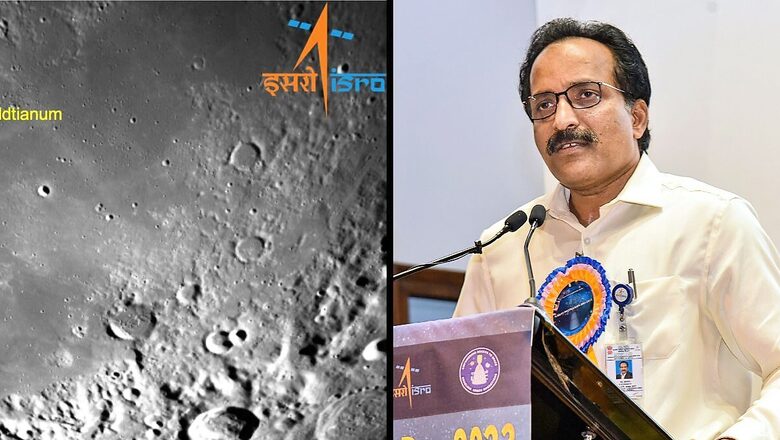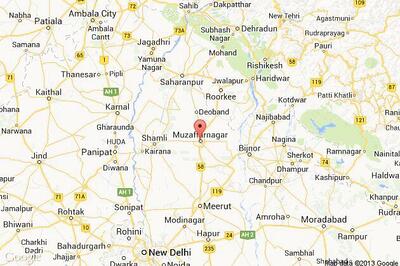
views
With Chandrayaan-3 set to a historic landing on moon, India’s space agency ISRO is not in the mood to rest as it has a packed schedule ahead from a mission to study the Sun to launching a climate observation satellite, a test vehicle as part of Gaganyaan human space flight programme.
Chandrayaan-3 is all set for a successful landing on the south polar region of the Moon on August 23 (Wednesday) at 6:04 pm after completing its 40-day journey. The Indian Space Research Organisation (ISRO) on Tuesday said in an update that the Chandrayaan-3 mission is on schedule.
If the Chandrayaan-3 mission succeeds in making a touchdown on the moon and in landing a robotic lunar rover, India will become the fourth country to master the technology of soft-landing on the lunar surface after the US, China and the erstwhile Soviet Union.
In his independence day address at ISRO headquarters on August 15, chairperson S Somanath said, “Our hands are full…. We are going to build a large number of satellites for our security purpose as well in the coming days.”
Here’s a list of upcoming launches/missions of ISRO:
XPoSat: XPoSat (X-ray Polarimeter Satellite), the country’s first dedicated polarimetry mission to study various dynamics of bright astronomical X-ray sources in extreme conditions, is also ready for launch.
Aditya-L1: Aditya-L1, the first space-based Indian observatory to study the Sun, is getting ready for the launch, most likely in September first week.
INSAT-3DS: According to ISRO Chairman, the space agency has also lined up the launch of a climate observation satellite INSAT-3DS.
Gaganyaan: The launch of a test vehicle mission, for the validation of the crew escape system for Gaganyaan, the country’s maiden human space flight mission, is also expected soon. The objective of the Gaganyaan mission is to demonstrate the capability of conducting human space flight mission to LEO on-board Indian Launch vehicle.
NISAR: According to ISRO officials, NASA-ISRO SAR (NISAR) is a Low Earth Orbit (LEO) observatory being jointly developed by the US space agency NASA and ISRO. It will map the entire globe in 12 days and provide spatially and temporally consistent data for understanding changes in Earth’s ecosystems, ice mass, vegetation biomass, sea level rise, ground water and natural hazards including earthquakes, tsunamis, volcanoes and landslides.
(With PTI inputs)




















Comments
0 comment